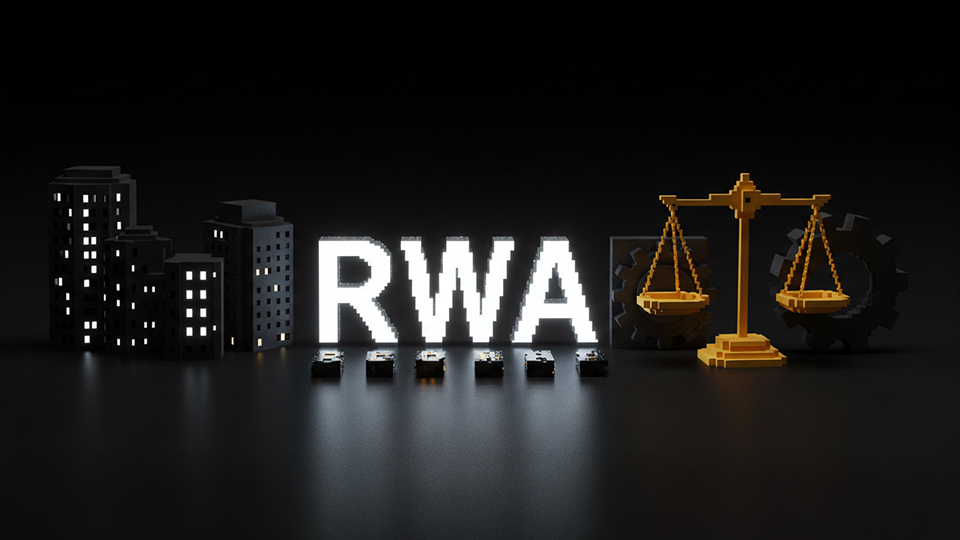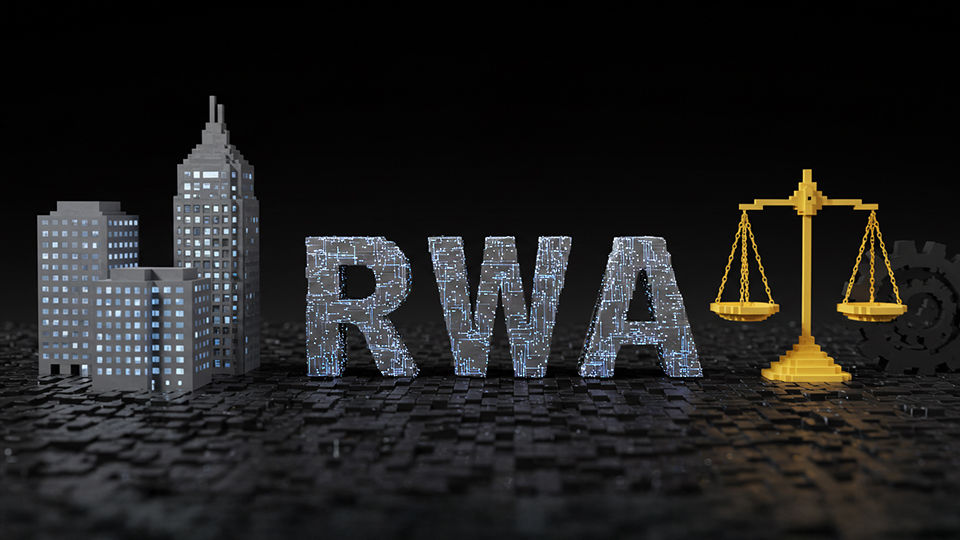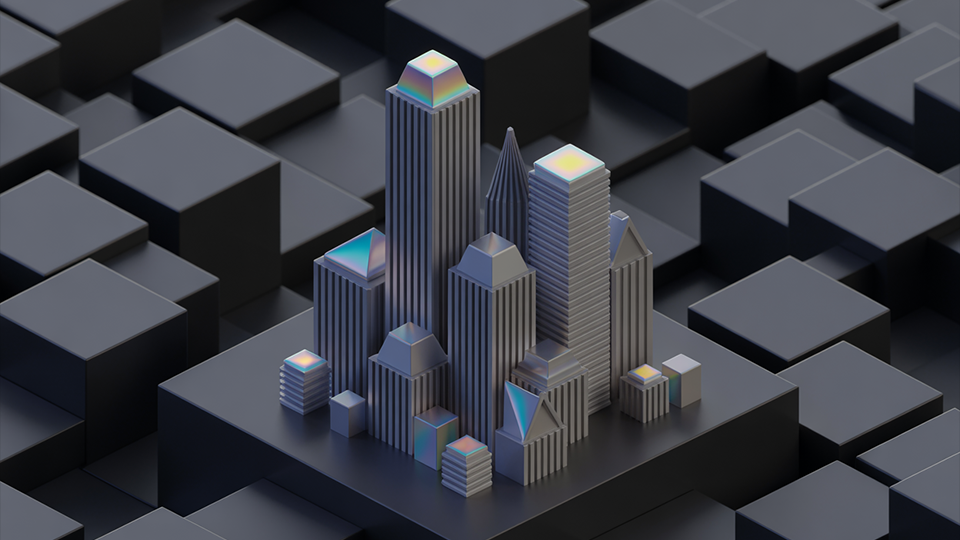Guidelines for RWA Tokenization: Legal, Technical, and Practical Insights
From real estate and fine art to private credit and commodities, traditional assets are being reimagined through blockchain. Tokenization of real-world assets (RWAs) allows these tangible or off-chain financial instruments to be represented as digital tokens, opening the door to fractional ownership, borderless trading, and round-the-clock markets. As adoption expands, following well-defined guidelines is crucial to ensure regulatory alignment, technological integrity, and investor confidence.
Key Guidelines for RWA Tokenization
Legal and Regulatory Compliance
Tokenizing RWAs requires alignment with local and international laws. This includes:
- Asset ownership verification: Ensuring clear legal ownership before token issuance.
- Securities regulations: Assessing whether tokens are considered securities under relevant laws (e.g., SEC regulations in the U.S.).
- AML/KYC procedures: Conducting anti-money laundering (AML) and know-your-customer (KYC) checks for all participants.
Accurate Asset Valuation
Before tokenization, the asset must be professionally appraised to ensure fair market value. This process should be documented and regularly updated, particularly for volatile asset classes like real estate or art.
Custody and Asset Management
The real-world asset must be securely stored or managed. For example:
- Real estate may require title registration in a legal trust.
- Precious metals should be stored in verified vaults.
- Artworks may need certified custody solutions.
This ensures that the token truly represents the asset and builds investor confidence.
Smart Contract Integrity
Tokens are typically issued through smart contracts. Best practices include:
- Thorough auditing of smart contracts to prevent bugs or vulnerabilities.
- Using open standards (e.g., ERC-20, ERC-721) to maintain interoperability.
- Clear rules encoded in the contract regarding transferability, dividends, or voting rights.
Transparency and Reporting
Regular reporting of asset status, performance, and valuation is crucial. Token issuers should offer:
- Transparent ownership records via blockchain.
- Access to audited financial or performance reports.
- Notifications of major changes (e.g., asset sale, damage, legal disputes).
Fractionalization Rules
One of the advantages of tokenization is fractional ownership. Clear rules must be defined:
- Minimum investment thresholds
- Distribution of revenues (e.g., rent, royalties)
- Buyback or exit mechanisms
This allows a wider pool of investors to participate while ensuring governance remains manageable.
Tokenization is not only about technology—it’s about designing systems that reflect the complexities of real-world value. As institutions and platforms continue experimenting with RWA models, clarity around legal, operational, and technical standards will shape the pace and scale of adoption across industries.





